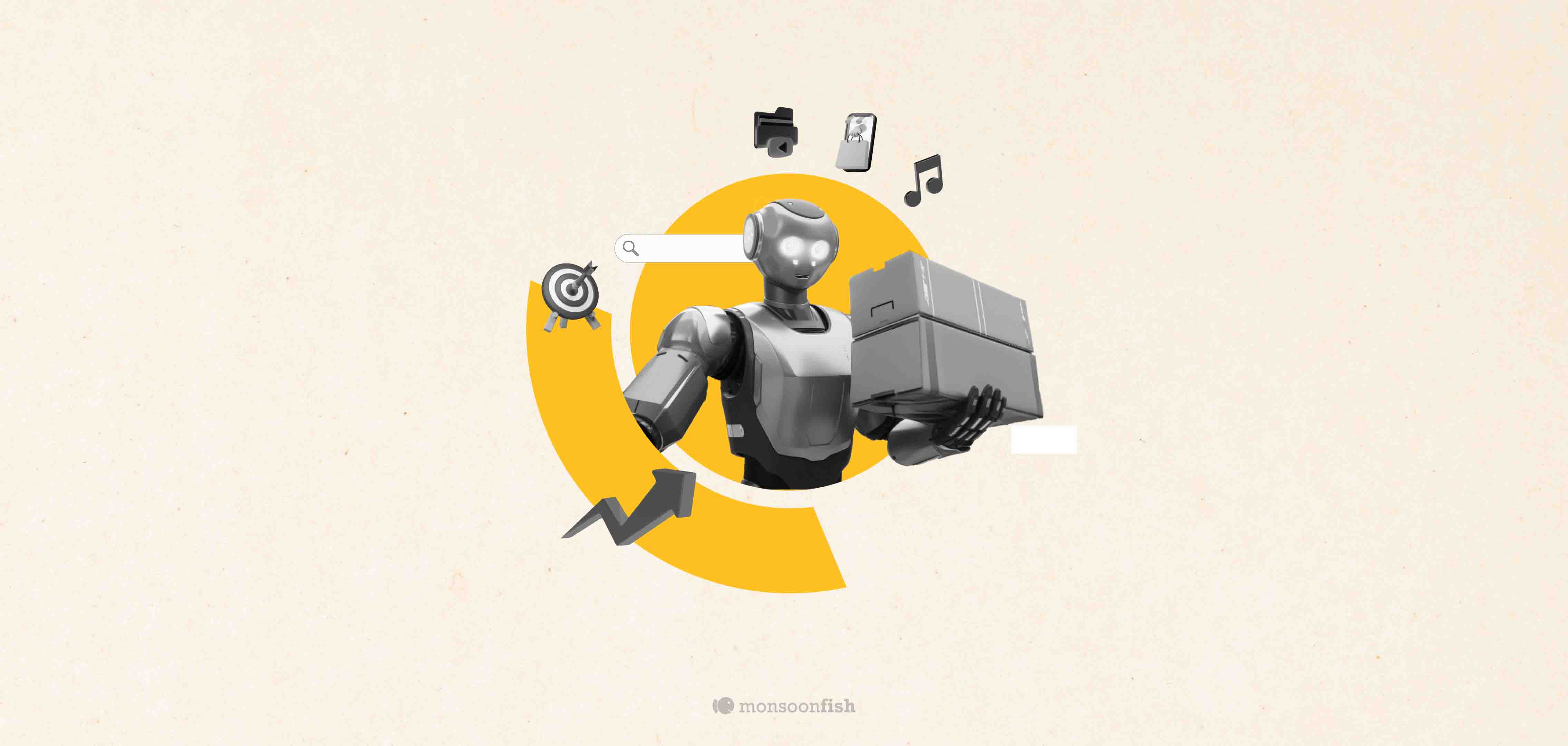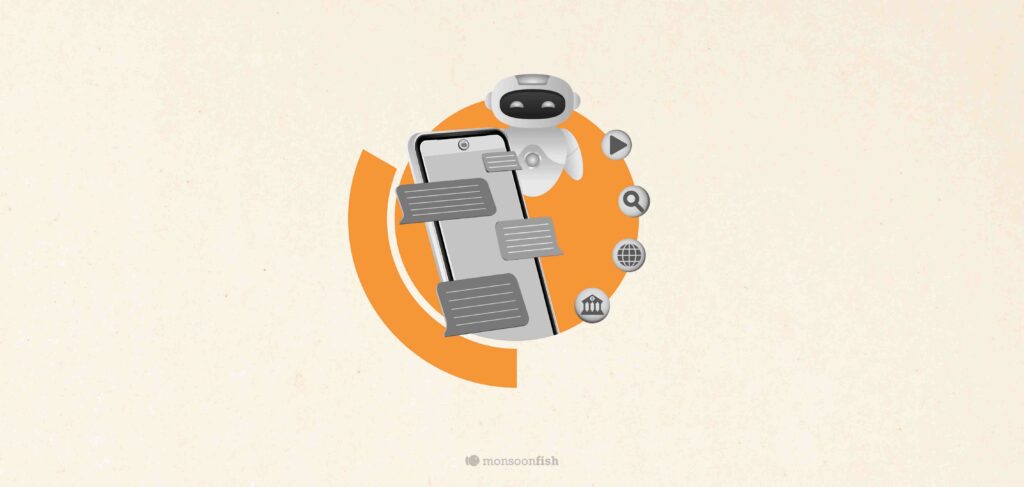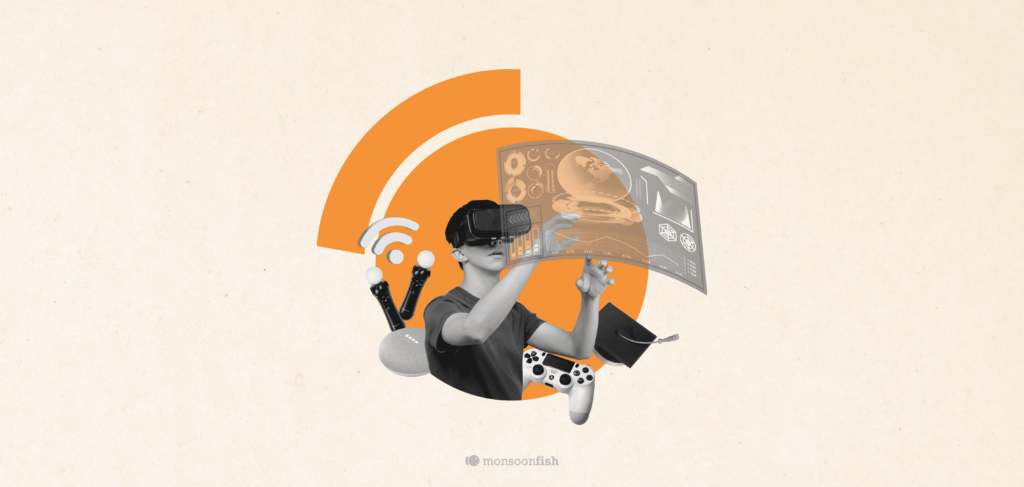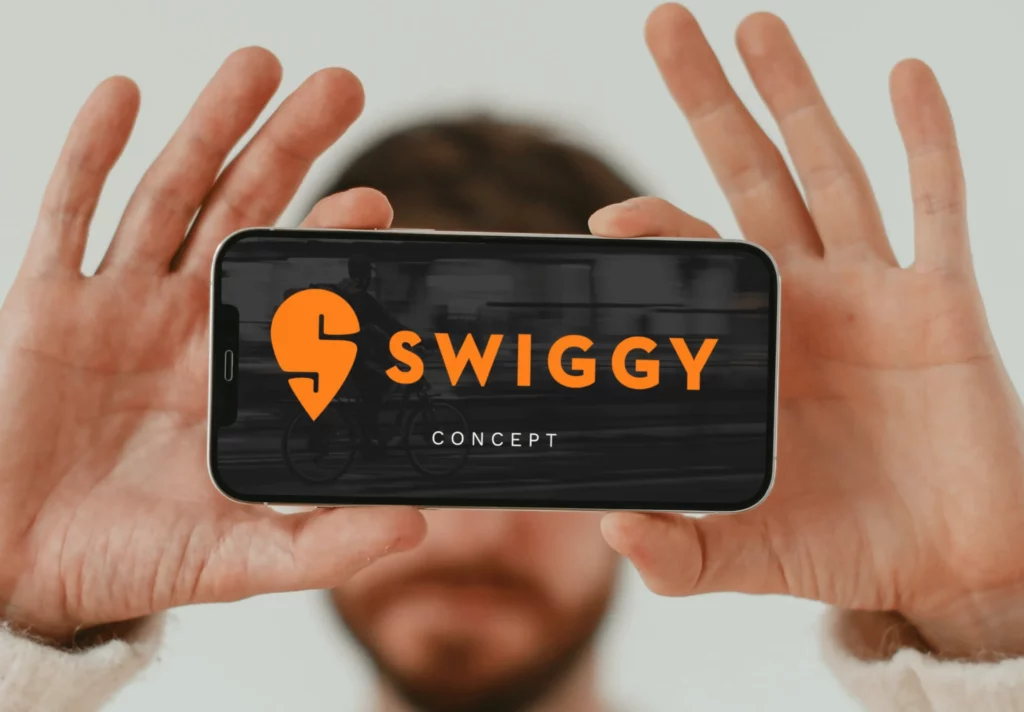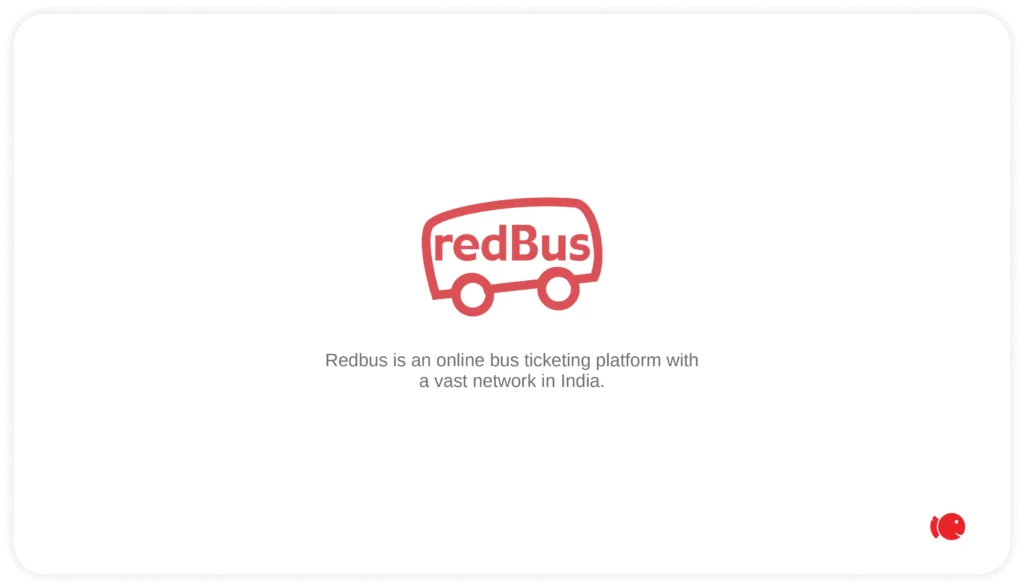Schedule a free consultation session with our design expert.
How Design Saves Dev Time
GTM. The date that hangs on a software development agency’s head like no other. The pressure of delivery then leads to a stack of Management Books piling up on the shelf, a deep-dive into reforming processes such as AGILE or Waterfall. Here, we are going to talk about the impact a UX agency can have in reducing the development costs, launch time-frame and contributing to overall project success.
GTM. The date that hangs on a software development agency’s head like no other. The pressure of delivery then leads to a stack of Management Books piling up on the shelf, a deep-dive into reforming processes such as AGILE or Waterfall. Here, we are going to talk about the impact a UX agency can have in reducing the development costs, launch time-frame and contributing to overall project success.
There’s hardly anyone who isn’t familiar with the saying, “A stitch in time saves nine”. If you get the UX angle early in the project, you are going to address usability issues long before they get complicated. It’s way cheaper to tackle them at this stage than later. Paying close attention to audience needs, ensures you allocate Dev resources in relevant directions.
So if you meet a penny-pinching product manager that’s trying to get his or her developers to give their shot at design, talk to them about how counter-intuitive it is.
Product Promise vs. Developer Compromise
Tell them plainly that UX influences how customers will receive and perceive your offering. You can also tell them what they miss out – your developers are wizards, but they are unlikely to be champions in considering aspects like emotion, aesthetics and empathy.
What are the common excuses reasons, for skipping a thorough UX approach?
- A perception that it takes too much planning time and expensive user research
- A sense of inadequacy about coping with the results and concept feedback from users
- Feeling that the complexity in the project will increase, coming in the way of the product roadmap
See Opportunity Instead of Cost
Now each of the above can be viewed as holding an opportunity or preventing a mistake.
- Sure, you have to invest time in listening closely to users. Proper user profiling will deliver a full-blown story of the place for such a product in the person’s life when during a day do they come to it, and also what’s the world of the person in whose life our product must gain its importance. As for anxiety about time schedules, it isn’t a drain of hours at all because designers attend to devising and testing wireframes at the same time as the developers are building the backend. Because of a UX designer, your developer can make faster decisions, speed up the Dev process, maintain the right track for the product’s viability and appeal in the marketplace.
- User research has to be intensive ( i.e. look closely at their interaction with a prototype and their feelings during the process) and doesn’t have to be expensive. It’s important to bring UX design into the project early. If your project is well underway, you can still avert expensive rework by applying learnings from user studies to improve the product. Even in a finished product, it will yield ideas to extend the product’s functionality.
- The uncovering of issues is a chance to add first-time features that give your product an advantage. These ideas could have occurred only because you approached the source viz. the actual users. This attitude will deliver a better and more ergonomic product, reduce development waste and design clarity will accelerate your product release.
Product Managers: Reach a balance between Technicality and the Human Touch
It takes a simple comparison between the developer’s strength and the designer’s role to convey to product managers that UX experts bring the usability perspective, experience in applying research methods, and an understanding of UX best practices. This is how they ensure that the app is user-friendly.
Some product managers believe they can manage without a dedicated UX resource, and pay the price of having to refactor an already built app when a designer could have got it right by just reviewing the wireframes. By trying multiple designs and evaluating them, a UX designer helps developers by making sure they don’t build something that’s not going to work.
Okay, so your team built the product, it is launched, and even growing its user base. That’s just great. Now you find that there are so many support calls to be answered. Had your UX anticipated these issues, you’d be saving money on help desk costs, and sparing the customer their valuable time. You would instead be focusing on building loyalty programs that retain them.
UX designing is the bridge between mechanical logic and structural reasoning and our human insights about actual situations, user attentiveness and the application context. Without the bridge, your product doesn’t get to where it needs to go. GTM. The date that hangs on a software development agency’s head like no other. The pressure of delivery then leads to a stack of Management Books piling up on the shelf, a deep-dive into reforming processes such as AGILE or Waterfall. Here, we are going to talk about the impact a UX agency can have in reducing the development costs, launch time-frame and contributing to overall project success.
There’s hardly anyone who isn’t familiar with the saying, “A stitch in time saves nine”. If you get the UX angle early in the project, you are going to address usability issues long before they get complicated. It’s way cheaper to tackle them at this stage than later. Paying close attention to audience needs, ensures you allocate Dev resources in relevant directions.
So if you meet a penny-pinching product manager that’s trying to get his or her developers to give their shot at design, talk to them about how counter-intuitive it is.Tell them plainly that UX influences how customers will receive and perceive your offering. You can also tell them what they miss out – your developers are wizards, but they are unlikely to be champions in considering aspects like emotion, aesthetics and empathy.
What are the common excuses reasons, for skipping a thorough UX approach?
- A perception that it takes too much planning time and expensive user research
- A sense of inadequacy about coping with the results and concept feedback from users
- Feeling that the complexity in the project will increase, coming in the way of the product roadmap
Now each of the above can be viewed as holding an opportunity or preventing a mistake.
- Sure, you have to invest time in listening closely to users. Proper user profiling will deliver a full-blown story of the place for such a product in the person’s life when during a day do they come to it, and also what’s the world of the person in whose life our product must gain its importance. As for anxiety about time schedules, it isn’t a drain of hours at all because designers attend to devising and testing wireframes at the same time as the developers are building the backend. Because of a UX designer, your developer can make faster decisions, speed up the Dev process, maintain the right track for the product’s viability and appeal in the marketplace.
- User research has to be intensive ( i.e. look closely at their interaction with a prototype and their feelings during the process) and doesn’t have to be expensive. It’s important to bring UX design into the project early. If your project is well underway, you can still avert expensive rework by applying learnings from user studies to improve the product. Even in a finished product, it will yield ideas to extend the product’s functionality.
- The uncovering of issues is a chance to add first-time features that give your product an advantage. These ideas could have occurred only because you approached the source viz. the actual users. This attitude will deliver a better and more ergonomic product, reduce development waste and design clarity will accelerate your product release.
It takes a simple comparison between the developer’s strength and the designer’s role to convey to product managers that UX experts bring the usability perspective, experience in applying research methods, and an understanding of UX best practices. This is how they ensure that the app is user-friendly.
Some product managers believe they can manage without a dedicated UX resource, and pay the price of having to refactor an already built app when a designer could have got it right by just reviewing the wireframes. By trying multiple designs and evaluating them, a UX designer helps developers by making sure they don’t build something that’s not going to work.
Okay, so your team built the product, it is launched, and even growing its user base. That’s just great. Now you find that there are so many support calls to be answered. Had your UX anticipated these issues, you’d be saving money on help desk costs, and sparing the customer their valuable time. You would instead be focusing on building loyalty programs that retain them.
UX designing is the bridge between mechanical logic and structural reasoning and our human insights about actual situations, user attentiveness and the application context. Without the bridge, your product doesn’t get to where it needs to go.
CATEGORIES
